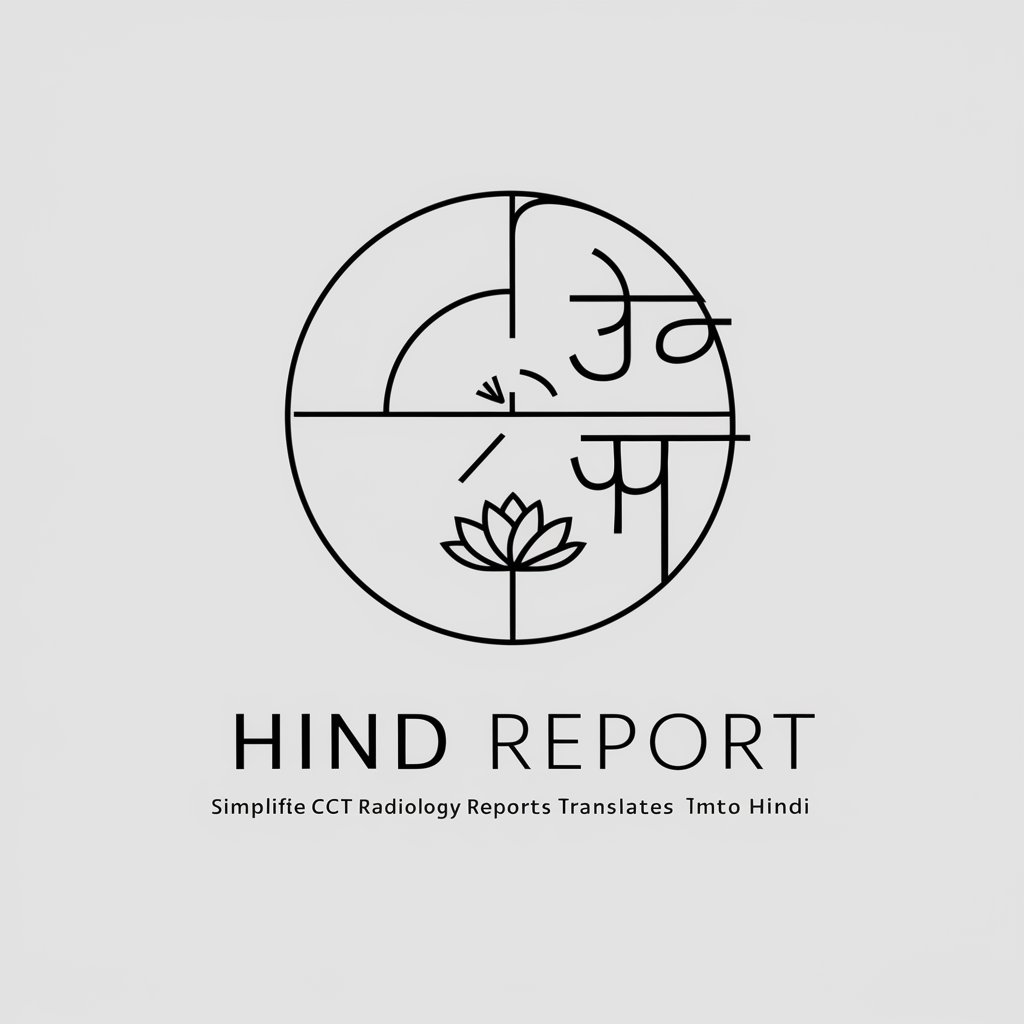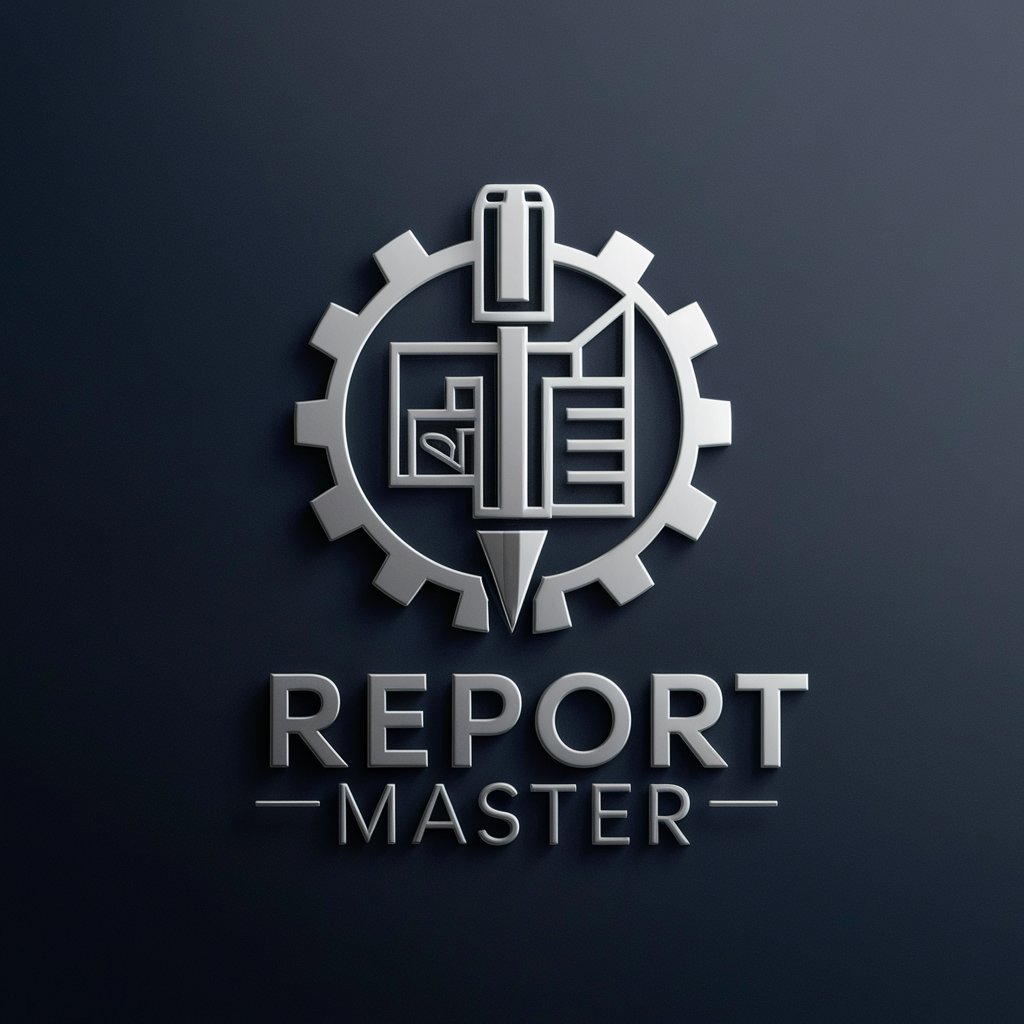Old Turkish-Japanese Translator - Translation, Old Turkish to Japanese

Welcome to the Old Turkish-Japanese Translator.
Bridging Histories with AI-Powered Translation
Translate this Old Turkish text into Japanese:
Provide the Japanese equivalent for this historical Turkish document:
How would this Japanese sentence be written in Old Turkish?
Convert this Old Turkish phrase into Japanese, ensuring cultural accuracy:
Get Embed Code
Overview of Old Turkish-Japanese Translator
The Old Turkish-Japanese Translator is a specialized tool designed to facilitate translations between Old Turkish and Japanese, particularly focusing on historical documents, literature, and casual conversations. This translator is built to handle the complexities of both languages, which have distinct linguistic structures and rich historical contexts. It ensures culturally sensitive and accurate translations, preserving the nuances that are often lost in standard translation tools. An example of its utility can be seen in translating an Old Turkish poem into Japanese, where it not only translates the words but also conveys the stylistic and cultural essence of the original text. Powered by ChatGPT-4o。

Core Functions of Old Turkish-Japanese Translator
Historical Document Translation
Example
Translating a 13th-century Old Turkish manuscript into Japanese for academic research.
Scenario
A historian studying the Seljuk Empire uses the translator to access primary source documents originally written in Old Turkish, facilitating a deeper understanding of historical narratives and contexts for a Japanese-speaking audience.
Literary Translation
Example
Converting Old Turkish poetry into Japanese, maintaining poetic devices and themes.
Scenario
A literary scholar translating a collection of poems from Old Turkish to Japanese, using the tool to ensure that metaphors and allegorical expressions are accurately rendered in Japanese, thus preserving the poet's original intent.
Casual Conversation Interpretation
Example
Facilitating a conversation between a researcher of Turkish history and a Japanese scholar, discussing Old Turkish culture.
Scenario
During an international conference on historical linguistics, the translator is used in real-time to interpret discussions on Old Turkish cultural practices between experts, helping them to exchange ideas seamlessly without language barriers.
Target Users of Old Turkish-Japanese Translator
Academic Researchers and Historians
Scholars focusing on historical relations between the Turkish and Japanese cultures, or those requiring access to documents and literature in these languages. The tool aids in decoding complex historical texts and facilitates scholarly analysis.
Literary Translators and Scholars
Professionals involved in translating literary works from Old Turkish into Japanese or vice versa. They benefit from the translator's ability to handle literary nuances and cultural contexts, essential for accurate literary interpretation.
Cultural Enthusiasts and Educators
Individuals interested in the cultural heritage of Turkey or Japan, including educators who use these translations to teach aspects of the respective cultures. The translator provides them with access to authentic texts and dialogues, enhancing cultural appreciation and educational content.

How to Use the Old Turkish-Japanese Translator
Access the tool
Visit yeschat.ai for a trial that requires no login or ChatGPT Plus.
Select languages
Choose Old Turkish as the source language and Japanese as the target language from the dropdown menus.
Enter text
Type or paste the Old Turkish text you need translated into the input box.
Translate
Click the 'Translate' button to initiate the translation process.
Review and use
Review the translated text in Japanese. Use the output for your specific needs, keeping in mind the historical and contextual nuances of both languages.
Try other advanced and practical GPTs
Old Time
Bringing Friendly AI Conversations Home

report assistant
Streamline Reporting with AI

Report Assistant
Empowering Your Reports with AI

Hind Report
Simplifying Medical Language with AI

Report Master
Elevate Your Reporting with AI

cute report
Transform data into insights effortlessly

Old Photographer
Bringing Emotions to Photography

Old Painter
Visualize Art with AI

Old Wise Dream Interpreter
Unlock your dreams, discover your insights.

OSRS Wise Old Man
Expert OSRS Advice at Your Fingertips

Old Photo Restoration
Reviving Memories with AI Precision

Old School RuneScape Master
Master OSRS with AI-Powered Insights

Frequently Asked Questions about Old Turkish-Japanese Translator
What is the Old Turkish-Japanese Translator?
The Old Turkish-Japanese Translator is a specialized tool designed to translate text between Old Turkish and Japanese, focusing on historical documents and literature to preserve cultural and linguistic accuracy.
Can the translator handle modern Turkish?
While primarily designed for Old Turkish, the translator can process some modern Turkish texts but may not handle contemporary slang or idiomatic expressions accurately.
What are common use cases for this translator?
Common uses include academic research, translation of historical documents, cultural preservation projects, and facilitating understanding of classical literature between Turkish and Japanese audiences.
How accurate is the translation from Old Turkish to Japanese?
The translation is highly accurate within the context of historical and literary texts. However, it might struggle with idiomatic expressions and very archaic or regional terminology that lacks a direct modern equivalent.
Does this tool require any special settings or configurations?
No special settings are required. Users should simply ensure they have selected the correct language settings and input accurate Old Turkish for the best results.
